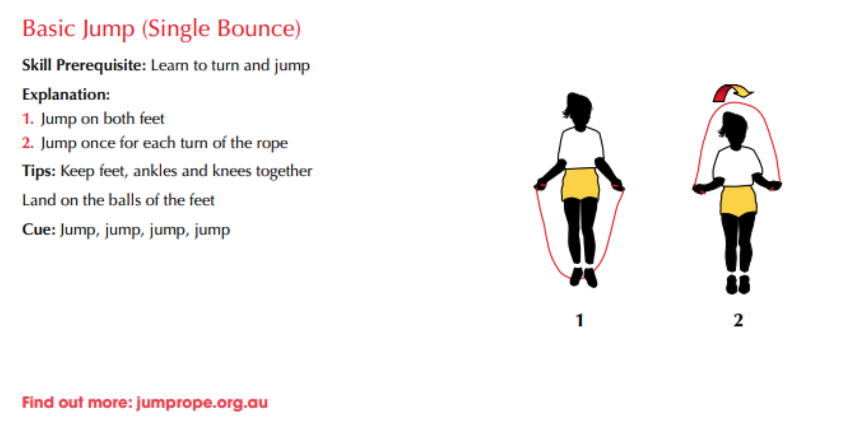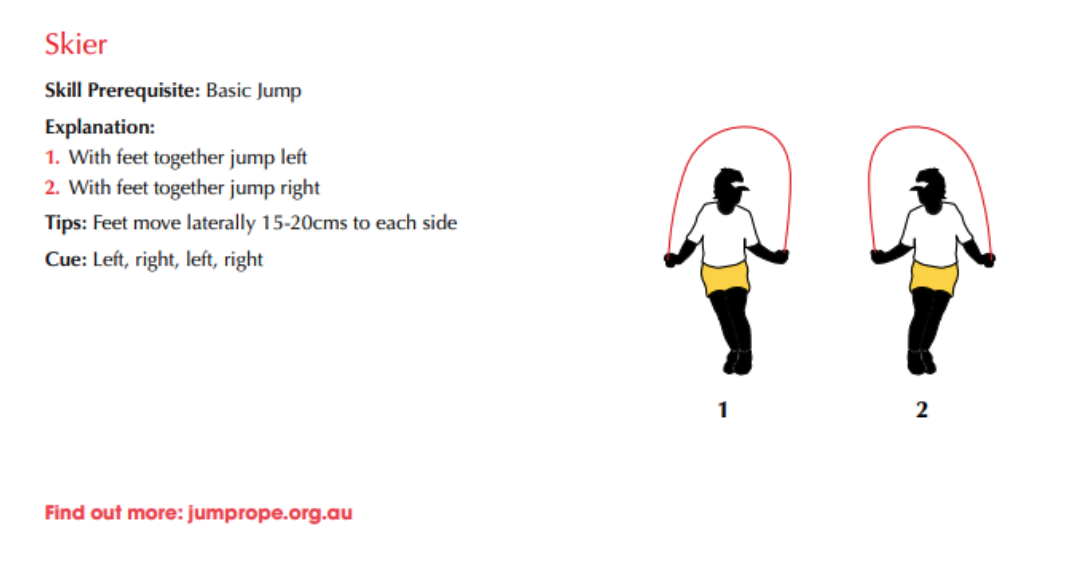Year 4 Learning from Home Week 1 Term 3
Week beginning 20 July 2020
Book Expectations
These activities need to be completed in a notebook that you have at home.
Sticky notes should be kept in your notebook under the title of the book you have read.
For each learning task you must include the following:
- Date
- Title underlined (Subject/Week, e.g. Reading Week 2)
- Joined handwriting that should be neat and correct line spacing used
Reading
Learning Intention:
We are building our reading stamina.
Task:
Ensure you are reading a Just Right book independently for at least 30 minutes each day. This could include one of the books that your teacher has allocated to you on ActiveLearn (Bug Club/Rapid Readers).
Remember to record these books in your reading log.
Learning Intention:
We are exploring key features needed when summarising a fiction book.
Task:
When summarising a book, you should only include the most important information.
Click here to read three examples of a summary. One is correct, one is too short and one is too long.
Read these examples carefully.
What do you notice about the first example?
Why is it better than the other examples?
What key features have been included in the first summary?
Now choose a book that you have previously read and try summarising the story out loud to someone at home
(this could include your parents, a sibling, your pet or a favourite toy). (10-20 minutes)
Learning Intention:
We are using dot points to summarise a fiction book.
Tasks:
Click here to log on to Epic! and read ‘Splat the Cat’.
While reading, write the key features of the story in dot points.
This will include features like the characters, setting, beginning, middle and end. (10-20 minutes)
Use your dot points about ‘Splat the Cat’ to write a paragraph summarising the story.
Remember to write in complete sentences and reread your summary to check that it makes sense.
You need to take a photo of this task and ask your parent/guardian to send it to your teacher via the Sentral Parent Portal App by Friday 24 July.
(10-20 minutes)
Success Criteria:
When summarising ‘Splat the Cat’, I can include characters, the setting and key ideas from the beginning, middle and end.
Learning Intention:
We are leaving tracks of our thinking.
Task:
Read a Just Right book of your choice. This can be a book on Epic! Sunshine Online or a Just Right book that you already have at home. When reading, leave tracks of your thinking on your sticky notes OR in your notebook.
This could include writing your predictions, questions, connections to the book, things you like or dislike. (10-20 minutes)
Writing
Learning Intention:
We are exploring the features of procedural texts.
Task:
Click here to read four different procedure texts.
Look carefully at each procedure.
What do they have in common?
Are there any similar features?
For example, does each procedure have a title?
In your notebook, use dot points to write down the features that you noticed in each procedure. (30 minutes)
Learning Intention:
We are identifying the required materials or ingredients for specific procedures.
Task:
Materials or ingredients are important in a procedure because they let you know what you will need to be successful.
Click here to read two procedures. It is your job to complete the procedures by writing a list of materials or ingredients that match the steps given to you. Be careful not to leave anything out.
Write these two lists in your notebook. (20-30 minutes)
Learning Intention:
We are brainstorming appropriate topics for procedure writing.
Task:
Brainstorm a list of topics or ideas that you would like to use over the next few weeks when writing your own procedure texts. Some ideas or topics could include ‘how to make a paper plane’, ‘how to cook a zucchini slice’ or ‘how to make a computer game’. (10-20 minutes)
Learning Intention:
We are writing for enjoyment, by choosing a topic and a genre.
Task:
Choose a genre of writing that you would like to do today. For example; recount, narrative, poetry, letter, procedure or a play. You can use the picture below for an idea or come up with your own.

Remember to include interesting adjectives and edit your writing to make sure you have correct capital letters
(click here for CHIMPS), punctuation and spelling.
Complete your free choice writing in your notebook. (30-40 minutes)
Spelling
Learning Intention:
To investigate the use of their, there and they’re
Tasks:
Over the next few weeks we will be investigating the words their, there and they’re.
We will be focusing on this task in our Webex Essential session on Friday 24 July.
Your task this week is to go on a word hunt to find examples of these three words.
You will need to find at least four examples of each word; however, finding more examples will make it easier to understand the difference between their, there and they’re.
A good place to start your word hunt is to look in books that you already have at home.
When you find one of the three words (their, there, they’re) copy the entire sentence into your notebook.
Here is an example below.

In your notebook you should write:
Their:
1.Their journey was long and difficult, and when they arrived, they didn’t know the language or how to do certain things.
2. second example
3. third example
4. fourth example
They’re:
1.
2.
3.
4.
There:
1.
2.
3.
4.
Optional: Once you have found your example sentences, see if you can make a generalisation for each word
(their, there, they’re).
Remember that a generalisation is a rule that helps us to know when to use a particular spelling of the word.
Maths
Learning Intention:
We are using our knowledge of place value.
Task:
Click here to read the instructions of your fluency task.
Remember to record your answers in your notebook. (10 minutes)
Learning Intention:
We are reading and writing 4 digit numbers.
Task:
(Day 1) What’s my number? Click here to read the instructions. (15 minutes)
Learning Intention:
We are writing 4 digit numbers in expanded form.
Task:
(Day 2) What’s my number? Click here to read the instructions. (15 minutes)
Learning Intention:
We are using strategies to solve problems.
Tasks:
Complete the problems in the shortest time possible. After you finish, check your answers using a calculator.
(5 minutes)
6+4 = 7+2 = 2+5= 9x8= 6x9= 8x8=
7x7= 5+7+0= 9-3= 8-5= 10-5= 10-0=
12,24,36,48, _ Double 14c Double 0 Halve 10c Five less than 8
How many 2s in eighteen?
How many sides in a square?
A pencil costs 11c. How much for two pencils?
Click here to find the instructions for the problem-solving task. (20-30 minutes)
Inquiry
Learning Intention:
We are showing our prior knowledge of Australian history.
Task:
We want to find out what you already know about culture and Australian history.
Have a go, and if you are really unsure it’s alright to leave it blank.
Write and draw everything you know about Australia’s history in your notebook. Use the prompts below to guide your thinking.
What do you know about culture?
Who are the Indigenous Australian people?
What is colonisation?
How has Australia changed over time?
Use one coloured pencil.
A second coloured pencil will be used at the end of our unit. (30 minutes)
Science
Learning Intention:
To show what we already know about Earth’s landscapes and how they change over time
Tasks:
This term in Science we will be exploring Earth’s landforms and how they change over time.
Click here to look at some pictures of landscapes. Think about what you already know about landscapes and write answers to the following questions.
Remember to show our school value of integrity and answer these questions by yourself. There is no need to do any research or ask someone else.
What type of landscape is in each image?
What might cause changes to each landscape?
How long do you think it would take before you could see the effects of these changes?
Where might you find each landscape?
What features can you see in each landscape?
Record your thinking in your notebook - you could create a list for each image or a table. (20-30 minutes)
Think about what you already know and what you want to learn about soils, rocks and landscapes.
Complete the first two columns of the TWLH chart below. (20-30 minutes)

Optional: Think about a place in your local community that you know well. This could be your street or a local park etc.
Using an A3 or A4 piece of paper fold it in half, on one half draw what the landscape looks like now.
On the other half of the paper imagine what it would have looked like 1000 years ago and draw this.
You could also include a key that describes the features of each landscape. (20-30 minutes)
Wellbeing
Resilience, Rights and Respectful Relationships ‘Positive Coping’
Learning Intention:
We are setting up our wellbeing space for Learning from Home.
Tasks:
Create a mood-o-meter or five-finger check-in to help you monitor your emotions each day.
If you choose to make a mood-o-meter, remember to include the different positive and negative emotions that you might experience throughout the day.
You could use colours to represent the different emotions and add your own personal touches. (20 minutes)
Create a gratitude journal that you can use while learning from home this term. You can choose to print a gratitude journal by clicking here or create your own using paper at home. (20 minutes)
Learning Intention:
We are developing a definition of stress.
Task:
What do you think the word ‘stressed’ means?
Write a definition in your own words in your notebook. (20 minutes)
Learning Intention:
We are identifying things that can cause stress for people.
Task:
Stressed is a word we use to describe the feeling of being worried over a period of time.
Sometimes our problems can cause us to feel worried as we think about what we should do.
When we are stressed we may feel angry, frustrated, scared, afraid, anxious or overwhelmed.
Sometimes this can give us a stomach ache or a headache, we may feel grumpy or teary, or have trouble paying attention at school and remembering things at home.
Everyone feels stress sometimes and for different reasons.
Answer the questions below. Try to think of 1-2 examples for each question.
- What difficult things could stress you?
- What new things could stress you?
- What scary things could stress you?
Describe a time when you felt like you had too much to do.
How did it make you feel?
(20 minutes)
Self-reflection: At the end of the week think about your learning.
Did you try your best?
Were you resilient this week when something didn’t go as planned the first time?
Have you used the school value of curiosity this week?
Write 2-3 sentences in your lined homework book about your learning.
What tasks did you enjoy?
Were there any challenges that you came across while learning from home?
P.E./Movement breaks
Our focus this week is to develop our skipping skills.
Turn on your favourite music and make sure you find a safe space to practise.
To start, warm up with some forward skipping then practise the ‘Skier’ and ‘Bell’.
How many skips can you do in a row?
Can you beat it?
Good luck!



Click here for the other Specialist options.
© Copyright Laburnum Primary School
